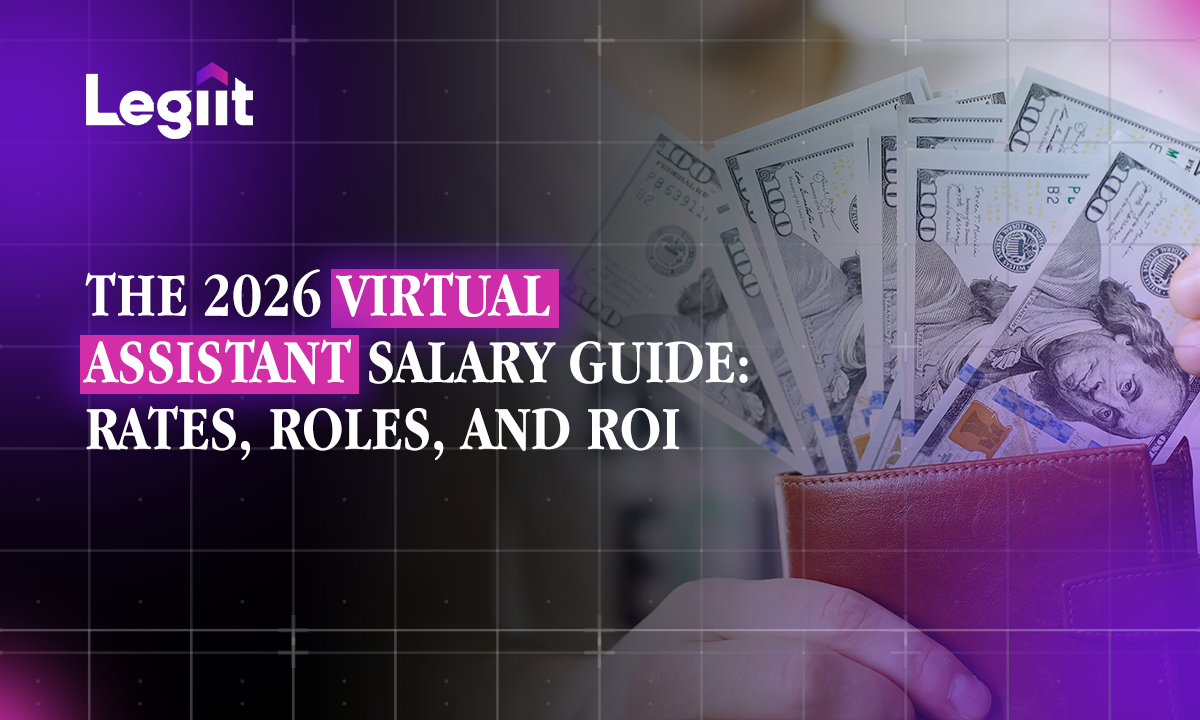YouTube has become the biggest video-sharing platform globally, with over a billion hours of watch time every day.
Visitors and subscribers watch everything from cat videos to pony shows and how-to tutorials.
However, the YouTube algorithm remains somewhat of a mystery. For instance, how does YouTube recommend one video over another similar one or possibly hundreds of similar ones?
The algorithm is, after all, responsible for suggesting videos to over 2 billion people, so knowing how it works can help you become a YouTube star overnight.
So, the question is this: how do you get YouTube to recommend your videos? After all, the more people get to see your videos, the more money you stand to make.
While YouTube does not tell you how its algorithm works, much of what we’ve been able to figure out is through trial, error, and observation. Not to mention years of SEO experience that helps to decipher how the algorithm may work to rank certain items or, in this case, videos.
While this blog post goes into how we think YouTube ranks videos, things change a lot. The core algorithm and various features get updated almost every second or third month. However, please think of this article as a primer on understanding the YouTube algorithm works and then work from there to continue posting videos and monitoring their performance.
The YouTube Algorithm in 2022 and Beyond
YouTube is choosing videos for its users with two primary goals:
The first is based on what they have previously watched and then enticing them to continue watching. Like any website, YouTube wants to keep people on its app or website for as long as possible.
That’s something we’ll get into a little later. The algorithm has three different sections or, more appropriately, discovery systems:
- #1 – One algorithm chooses videos to be displayed on the homepage.
- #2 – Then, a system lists videos for a search query.
- #3 – The other system suggests videos that people should watch next.
According to YouTube, suggested videos and those on the homepage are the top traffic sources for many channels. How-to videos are the only exception whereby most traffic comes in from search and is not being displayed on the YouTube homepage.
What Does The Algorithm Look At?

So, the question is, what ranking signals is YouTube looking at to decide what videos should be shown? Every traffic source is slightly different, but what ends up affecting your videos are:
- Personal choice – Usually, this is based on the previous videos a person may have been watching.
- Performance – Videos that have performed the best or are trending.
- Other factors – The overall market or audience. For instance, soccer season in certain countries will mean that the algorithm shows soccer-related new videos.
How Does The Homepage Algorithm Work?
Each time you go to YouTube, the algorithm serves up a large cross-section of videos, which it thinks visitors may stop to watch. The selection is broad because the algorithm does not know what the viewer wants or is interested in watching. Most times these are trending videos.
The homepage will be dotted with the latest music videos, cooking videos, political commentary, and as you scroll down, the content will also be categorized. In our experience, homepage videos are chosen based on two significant ranking signals:
Performance – YouTube works by measuring performance using metrics like watch time, the average percentage of people who viewed the video, click-through rate (CTR), viewer surveys, dislikes, and likes. After a content creator uploads a video, the algorithm will show it to a couple of users on the home page. Then if it appeals to them, engages, and satisfies those viewers, it gets offered to more people that fit the profile, eventually making it to the homepage.
Personalization – While YouTube does not have a trending tab like Google, the results are personalized to each person’s history.
The algorithm, in a nutshell, examines what videos people have watched and then personalizes the results based on that. So, if you’ve searched and watched baseball videos, much of what will be recommended by the algorithm is going to be baseball-related, and then a few will be more broadly sports-related. The suggested video results thus vary depending on the users’ preferences as it changes.
How Does YouTube Recommendation Algorithm Suggest Videos?
YouTube will employ slightly different considerations when suggesting videos.
Once a person has watched a couple of videos, the algorithm has data to work with, mainly understanding what they are interested in watching. The algorithm then uses that data to recommend videos on the sidebar. So, generally, the algorithm will recommend: ·
- Videos watched together ·
- Videos that are topically related ·
- Videos that users have watched in the past
Now, if you are a YouTube creator who wants to leverage the algorithm to their advantage, check out the video’ analytics to see what other videos your audience has watched. Doing this will help you find broader or related topics that the audience cares about.
How Does The Search Engine Side Work?
Now YouTube functions as much as a search engine as a video-sharing platform.
That’s why knowing a bit of SEO can go a long way for content creators. While some people may visit YouTube to find a specific video, even in that case, the algorithm is ranking videos in its search results. So, the question is: how do you get a video to rank on top of search results?
Well, you do a bit of SEO like:
Use keywords – YouTube’s search algorithm mainly looks at the keywords in the metadata to figure out what the video is about. So, if you want the video to show up on top of the search for a particular term, you will need to use those keywords.
Performance – Once the algorithm knows what the video is about, it will test this hypothesis by showing it to people in search results. This is where factors like CTR, survey feedback, and watch time come in. If the video appears to satisfy people searching for the keywords you have used, it will show the video to more people and increase search results.
YouTube Channel Upload Frequency

The final part of the algorithm is upload frequency.
It is somewhat of a controversial argument that not many people will agree with. However, it has been our experience that people who upload daily tend to grow their channels faster.
So, yes how many videos you have does matter apparently. There are two advantages of uploading daily.
The first is keeping people engaged; the second is you’re increasing the chances of a video or two going viral. A single viral video can raise your followers by as much as 35%. Certainly quality is undoubtedly a factor, but make sure that you upload videos at a given time once every day.
How To Use The YouTube Algorithm To Your Advantage?
Now, apart from understanding how the algorithm works, you need to formulate a strategy to make it work in your favor.
Fortunately, the platform gives you all the tools. As a content creator, there is a lot you can do to help your videos get more views and give the algorithm a reason to recommend your videos.
Create Catchy Video's Title and Thumbnail For Youtube Videos

One of the ways you can rise in search results and get more views is to use a catchy title and a proper thumbnail.
You don’t want it to be clickbait but instead appealing. Yes, “appealing” is how YouTube describes videos that should entice people.
If there is one thing that's common across all new and popular videos is that they are all very enticing. There are a few things you can do to maximize appeal: · You will want to design and upload a custom thumbnail.
- Draft a catchy and intriguing title. ·
- Draft a catchy description.
Ensure that the first sentence grabs the person’s attention. When designing thumbnails, make sure that the design is consistent across all your videos.
Various commercial software programs can help you quickly put together a thumbnail for your video. However, you can save yourself the effort and hire a professional on Legiit to design one for a few dollars.
Keep People Engaged With Your Videos

Once a person watches a video, you need to make it easier for them to watch the next one. That way, you keep them within the ecosystem of your channel.
There are quite a few ways you can do this for your next video:
- Use cards – Flag relevant videos you might have made in the current video
- Add end screens – You should add a CTA towards the end of your video to another relevant one
- Run playlists - Create playlists categorizing topically similar content on your channel to improve overall video performance.
- Subscription watermarks – Ensure that you have a logo for your channel and watermark your videos so that they aren’t reused elsewhere by a third party.
If you are trying to grow a channel, one of the ways to do it is to make a video series.
This will help you capitalize on the spike in viewers and ensure it's easier to rank videos.
Take, for instance, if a video of your cat doing summersaults went viral, you might want to do another with the cat somersaulting over a chair, another over the dog, etc. The series helps to ensure that your audience can always come back for more, keeping them entertained or educated in the case of how-to videos.
Make sure to check YouTube analytics for performance stats.
Get Views From Other Platforms
It would help if you didn’t rely on YouTube showing videos you create to everyone.
As a new channel, you will need to go elsewhere for your initial success.
For instance, promote your videos on social media platforms like Facebook, Twitter, and Instagram. The other way to boost your fledgling channel is through YouTube ads and then getting into partnership with other channels. Cross-promotion across YouTube channels, usually with related content, can be immensely beneficial.
YouTube’s algorithm does not punish videos for getting a ton of traffic from off-site sources like maybe a blog or social media. This is essential because CTR and view durations tend to tank if most traffic comes from an external site or ads.
YouTube has said many times that the algorithm is trained to pay attention to how a video performs in the context of its subject matter.
In other words, if your video does well on the homepage, it will show on the homepage for other people, regardless of the metrics. The same goes for YouTube search and the suggested videos section. It has been our experience as SEOs that embedding a YouTube video in a blog post or website is excellent for both Google SEO and the video.
Engage With Other Channels

The other way to grow your audience is to build a relationship with your viewers. YouTube may not appear to be much about relationships, but it is undoubtedly a factor, especially for content creators who want to build their audience. So, part of the appeal is feeling close to the creator. Relationship building with viewers and other creators can help build bridges that will be helpful down the line. So, reply to comments on your video, comment on other videos, and be respectful.
Satisfy Their Need
In the age of phones with 4K and 8K video recording capabilities, everyone fancies themselves a content creator, and many have YouTube channels. However, what matters above everything is quality. As we mentioned earlier, the algorithm prioritizes the satisfaction of each person on the site. So, you will want to find a niche that you can lean into. Find out what types of videos work best, and then make similar videos.Final Word
YouTube’s algorithm isn’t as complex as Google or any other search engine.
However, it examines other factors compared to search engines.
That’s why it is essential not just to search optimize your videos but make it so that it maximizes the users’ experience.
The important thing is to get started and learn from your mistakes. However, finding out why one video did better than the other helps you create videos that attract and retain more people, the result is longer watch time, and that’s what makes you money!












 Download
Download